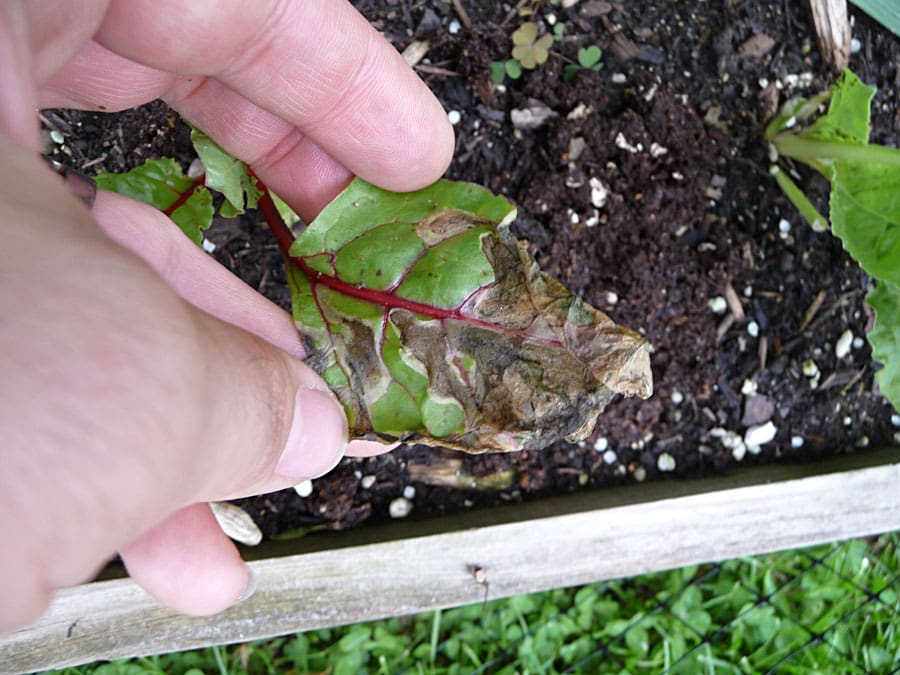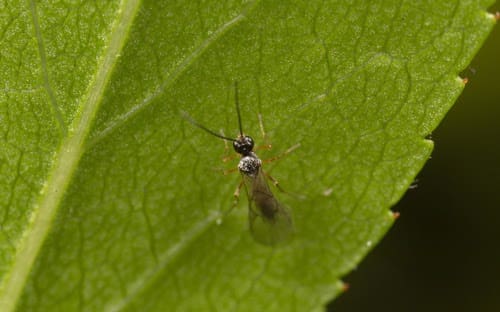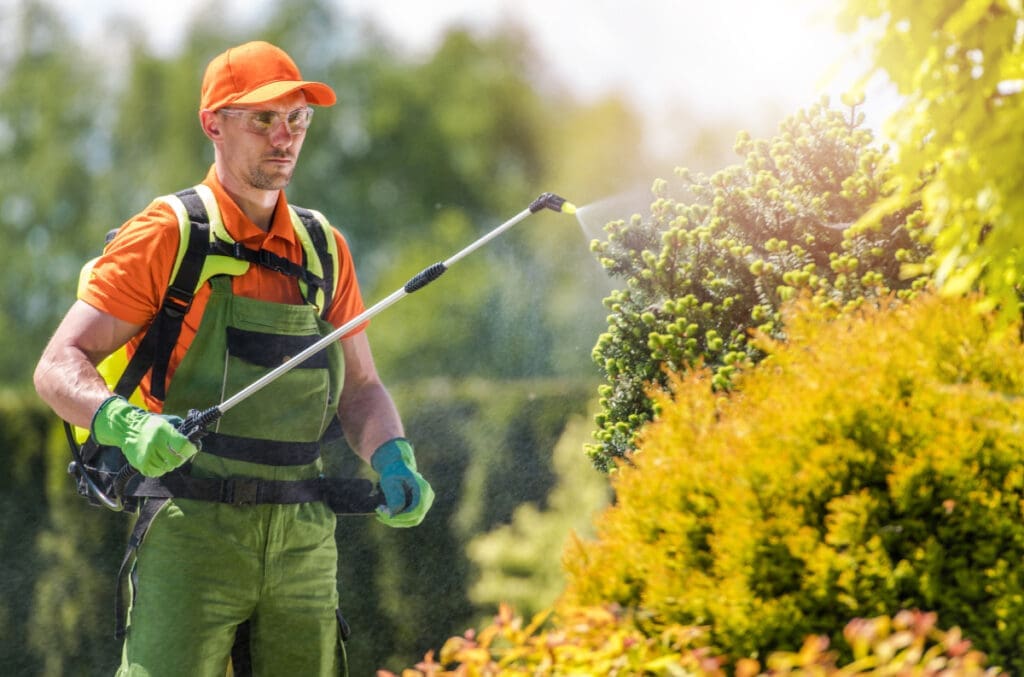In “Pest Control In urban gardens,” you will discover effective methods to keep pests at bay in your urban garden. Whether you’re a seasoned gardener or just starting out, this article provides valuable insights on how to protect your plants from common pests. With a focus on eco-friendly approaches, you’ll learn about natural remedies and preventative measures that can be easily implemented. From organic pest sprays to companion planting strategies, this article equips you with the knowledge needed to maintain a thriving urban garden. So, let’s explore the world of pest control and unleash the full potential of your green oasis!

1. Introduction to Urban Gardens
1.1 Definition of Urban Gardens
Urban gardens are small-scale gardens located within urban areas, such as city parks, rooftops, balconies, or even small backyard plots. These gardens provide an opportunity for individuals, families, and communities to grow their own food, beautify their surroundings, and reconnect with nature in an urban setting.
1.2 Purpose and Benefits of Urban Gardens
The purpose of urban gardens goes beyond just growing food. They serve as a way to promote sustainable living, increase food security, and provide a sense of community. These gardens not only help individuals have access to fresh, nutritious produce, but they also help reduce the carbon footprint associated with commercial agriculture and transportation.
Additionally, urban gardens can improve air quality, provide green spaces that combat the urban heat island effect, and create habitats for beneficial insects and wildlife. They also offer opportunities for physical activity and stress reduction, which contribute to overall well-being.
1.3 Pest Control Challenges in Urban Gardens
While urban gardens have numerous advantages, they also come with their fair share of challenges when it comes to pest control. Urban environments provide favorable conditions for pests to thrive, including limited space, lack of biodiversity, and a concentration of potential food sources.
The close proximity of urban gardens to buildings and homes also increases the risk of pests infiltrating the living spaces. Furthermore, the use of chemical pesticides in urban areas may be restricted due to potential harm to human health and the environment. Therefore, it is crucial for urban gardeners to adopt effective and sustainable pest control methods to protect their crops and gardens.
2. Common Pests in Urban Gardens
2.1 Aphids
Aphids, also known as plant lice, are small, soft-bodied insects that suck the sap from plants, causing deformities and stunted growth. These tiny pests can multiply rapidly and infest a garden in no time.
2.2 Slugs and Snails
Slugs and snails are notorious garden pests that feed on leaves, stems, and fruits. They can be particularly destructive in urban gardens, especially in damp and shady areas.
2.3 Rats and Mice
Rats and mice are common pests in urban environments and can pose a serious threat to urban gardens. They can damage crops, gnaw on structures, and spread diseases.
2.4 Birds
Birds can be both a delight and a nuisance in urban gardens. While some birds can help control insect populations, others may feast on fruits and vegetables, causing significant damage to crops.
2.5 Squirrels
Squirrels are agile and resourceful creatures that can wreak havoc in urban gardens. They have a penchant for digging up bulbs, raiding bird feeders, and snacking on fruits and vegetables.
2.6 Mosquitoes
mosquitoes are not only irritating pests but also pose a health risk due to their ability to transmit diseases such as West Nile virus and Zika virus. Urban gardens with standing water or poor drainage can become breeding grounds for mosquitoes.
2.7 Beetles
Beetles come in various shapes and sizes, and many of them can be detrimental to urban gardens. Some beetles, like Japanese beetles and Colorado potato beetles, can devour leaves, flowers, and even entire crops.
2.8 Caterpillars
Caterpillars are the larval stage of butterflies and moths. While some caterpillars are harmless or even beneficial, others, like the cabbage worm or tomato hornworm, can devastate urban garden plants.
2.9 Nematodes
Nematodes are microscopic worms that live in soil and can cause damage to plant roots. They can result in stunted growth, yellowing leaves, and even death of plants if left unchecked.
2.10 Weeds
While not technically pests, weeds compete with desirable plants for resources such as water, nutrients, and sunlight. They can quickly overtake an urban garden and hinder the growth of cultivated plants.

3. Prevention and Control Methods for Urban Garden Pests
3.1 Integrated Pest Management (IPM)
Integrated Pest Management (IPM) is a holistic approach to pest control that focuses on prevention, monitoring, and the use of a combination of control methods based on the specific needs of the garden. It promotes sustainable practices and minimizes the use of chemical pesticides.
3.2 Cultural Control Methods
Cultural control methods involve implementing practices that make the garden less attractive to pests. This includes proper sanitation, crop rotation, companion planting, and maintaining healthy soil through organic amendments.
3.3 Biological Control Methods
Biological control methods use natural predators, parasites, or pathogens to control pest populations. This can involve introducing beneficial insects, such as ladybugs or lacewings, that feed on pests like aphids. Biological control methods are environmentally friendly and help maintain a balance in the garden ecosystem.
3.4 Chemical Control Methods
Chemical control methods should be used as a last resort, and only when other methods have proven ineffective. If chemical pesticides are necessary, it is essential to choose products labeled for use in urban gardens and follow the instructions carefully to minimize harm to beneficial insects, wildlife, and human health.
3.5 Physical Control Methods
Physical control methods involve physically removing or excluding pests from the garden. This can include using barriers like netting or fences to keep out birds or squirrels, manually picking off pests like slugs or caterpillars, or using traps for rodents.
4. Specific Pest Control Techniques for Common Pests
4.1 Aphid Control Techniques
To control aphids, you can try spraying affected plants with a strong stream of water to knock them off, or use insecticidal soap or neem oil, which are safe and effective organic options. Encouraging beneficial insects like ladybugs and lacewings can also help keep aphid populations in check.
4.2 Slug and Snail Control Techniques
To deter slugs and snails, you can create barriers around vulnerable plants using materials like copper strips or diatomaceous earth. Beer traps or handpicking them can also be effective, especially in smaller gardens.
4.3 Rat and Mouse Control Techniques
To control rats and mice, it’s important to eliminate potential food sources and blocking entry points into buildings. Traps or bait stations can be used, but it is crucial to choose humane and safe options.
4.4 Bird Control Techniques
Bird control techniques include using physical barriers like netting or scare devices such as reflective surfaces or predator decoys. Providing alternate sources of food or planting bird-friendly habitats away from garden areas can also help reduce bird damage.
4.5 Squirrel Control Techniques
To deter squirrels, you can use netting or cages around vulnerable plants, prune tree branches to prevent them from accessing the garden, or use sonic or visual deterrents. It is important to provide alternate food sources, like squirrel feeders, to redirect their attention.
4.6 Mosquito Control Techniques
To control mosquitoes, eliminate standing water sources in the garden, use mosquito dunks or natural larvicides in water features, and install screens on windows or use mosquito nets around seating areas. Planting mosquito-repellent plants like citronella or lavender can also help.
4.7 Beetle Control Techniques
For beetle control, handpicking or using sticky traps can be effective for smaller infestations. In cases of severe infestation, you may need to resort to organic insecticides labeled for beetle control.
4.8 Caterpillar Control Techniques
To control caterpillars, inspect plants regularly for eggs or larvae and remove them by hand. Bt (Bacillus thuringiensis), a naturally occurring bacterial insecticide, can also be effective against certain caterpillars.
4.9 Nematode Control Techniques
Nematode control can be challenging, but using nematode-resistant plant varieties, practicing crop rotation, and improving soil health can help minimize nematode damage. Soil solarization, where the soil is covered and heated by the sun, can also reduce nematode populations.
4.10 Weed Control Techniques
Weed control can be achieved through manual methods such as hand-pulling, hoeing, or mulching to suppress weed growth. Organic herbicides containing ingredients like vinegar or citrus oil can also be used to target specific weeds.

5. Organic Pest Control Solutions for Urban Gardens
5.1 Companion Planting
Companion planting involves growing certain plants together to enhance pest control. For example, planting marigolds alongside vegetables can repel aphids, and planting lavender or rosemary near cabbage plants can deter cabbage worms.
5.2 Attracting Natural Predators
Attracting natural predators like ladybugs, lacewings, or birds can help control pest populations naturally. Providing food sources like nectar-rich flowers or installing birdhouses can encourage these beneficial creatures to take up residence in your garden.
5.3 Homemade Organic Pest Sprays
Homemade organic pest sprays can be made using ingredients like garlic, hot peppers, or neem oil. These natural sprays can be effective against a variety of pests, but it’s important to follow recipes and application instructions carefully.
5.4 Organic Soil Amendments
Improving soil health through organic soil amendments can help prevent pest infestations. Adding compost, well-rotted manure, or organic fertilizers enriches the soil and promotes strong, healthy plants that are more resistant to pests.
5.5 Using Physical Barriers
Physical barriers, such as netting or floating row covers, can be used to protect vulnerable plants from pests. These barriers create a physical barrier that prevents pests from accessing the plants, while still allowing air and sunlight to reach them.
5.6 Organic Pest Control Products
There are a variety of organic pest control products available on the market, including insecticidal soaps, neem oil sprays, and organic insecticides made from botanical extracts. These products are formulated to be effective against pests while minimizing harm to the environment.
6. Product Reviews for Pest Control in Urban Gardens
6.1 Organic Pest Control Products
Organic pest control products, such as insecticidal soaps or organic insecticides, can be highly effective in managing pest problems in urban gardens. These products are safe for people and pets and are formulated to target specific pests.
6.2 Insect Traps and Repellents
Insect traps and repellents, like sticky traps or pheromone traps, can be useful for monitoring and trapping specific pests. They can help reduce pest populations without the need for chemical pesticides.
6.3 Rodent Control Products
rodent control products, such as humane traps or ultrasonic repellents, can be effective in deterring rats and mice from urban gardens. It is important to choose products that are safe for use around children and pets.
6.4 Bird Deterrents
Bird deterrents, such as netting or scare devices, can help protect urban gardens from bird damage. Choosing durable and UV-resistant netting or using a combination of deterrents can increase their effectiveness.
6.5 Squirrel-Proofing Products
Squirrel-proofing products, like squirrel-proof bird feeders or baffles, can help keep squirrels away from the garden. Using sturdy materials and installing them properly can ensure they are effective in deterring squirrels.
6.6 Mosquito Control Products
Mosquito control products, such as mosquito dunks or citronella candles, can help reduce mosquito populations in urban gardens. It’s important to choose products that are safe and approved for use around people and pets.
6.7 Weed Control Products
Weed control products, such as organic herbicides or weed fabrics, can be effective in managing weed growth in urban gardens. It’s important to choose products that are safe for the environment and approved for use in organic gardening.

7. Tips for Preventing Pest Infestations in Urban Gardens
7.1 Regular Garden Maintenance
Regular garden maintenance is essential for preventing pest infestations. This includes removing dead or diseased plant matter, cleaning up fallen leaves and debris, and maintaining proper plant spacing and ventilation.
7.2 Proper Watering and Fertilizing
Proper watering and fertilizing practices can help maintain healthy plants that are more resistant to pests. Avoid overwatering, as excess moisture can create favorable conditions for pests and diseases. Using organic fertilizers at the recommended rates helps promote strong, resilient plants.
7.3 Removing Garden Debris
Removing garden debris, such as fallen fruit or decaying plants, helps eliminate potential food sources and breeding grounds for pests. Regularly clean up the garden to reduce pest attraction.
7.4 Disposing of Harvested Crops
Properly disposing of harvested crops, especially fruits and vegetables that are damaged or overripe, can prevent pests from being attracted to your garden. Composting can be an effective way to dispose of organic matter while minimizing the risk of pest infestation.
7.5 Securing Trash and Compost Bins
Securing trash and compost bins with tight-fitting lids helps deter pests like rats and raccoons. Make sure bins are inaccessible and sealed properly to prevent pests from foraging for food in your garden and nearby areas.
7.6 Sealing Entry Points
Sealing entry points into buildings, such as gaps or cracks in walls or foundations, prevents pests from entering from the garden into living spaces. Inspect and seal any potential entry points to keep pests at bay.
7.7 Rotating Crops
Practicing crop rotation is an effective way to reduce pest problems in urban gardens. By rotating crops, you disrupt the life cycle of pests and prevent the buildup of soil-borne diseases.
7.8 Monitoring and Early Detection
Regularly monitoring your garden for signs of pest activity allows for early detection and intervention. Inspect plants, leaves, and fruits for any signs of damage or presence of pests and take immediate action to prevent infestation.
7.9 Creating Diversity in the Garden
Creating diversity in the garden, through a mix of different plant species, helps discourage the buildup of pests. Pests are less likely to multiply rapidly if they do not find a concentrated food source.
7.10 Educating and Engaging the Community
Educating and engaging the community in urban gardening practices can help create a collective effort in pest control. Sharing knowledge, resources, and experiences with fellow gardeners can contribute to a healthier urban gardening ecosystem.
8. Conclusion
Urban gardens provide a unique opportunity for individuals and communities to connect with nature and have access to fresh, nutritious food. However, managing pests in urban gardens can be challenging. By employing integrated pest management practices, utilizing organic pest control solutions, and adopting preventive measures, urban gardeners can effectively control pests while minimizing harm to the environment and promoting a sustainable gardening culture. With dedication and careful planning, urban gardens can thrive as vibrant and pest-free spaces, bringing joy and nourishment to those who tend them.

I am Randy, the author behind PestControld.com. Drawing from decades of experience, I aim to provide valuable insights, expert advice, and practical recommendations to help you make informed decisions when assessing viable pest control solutions.
